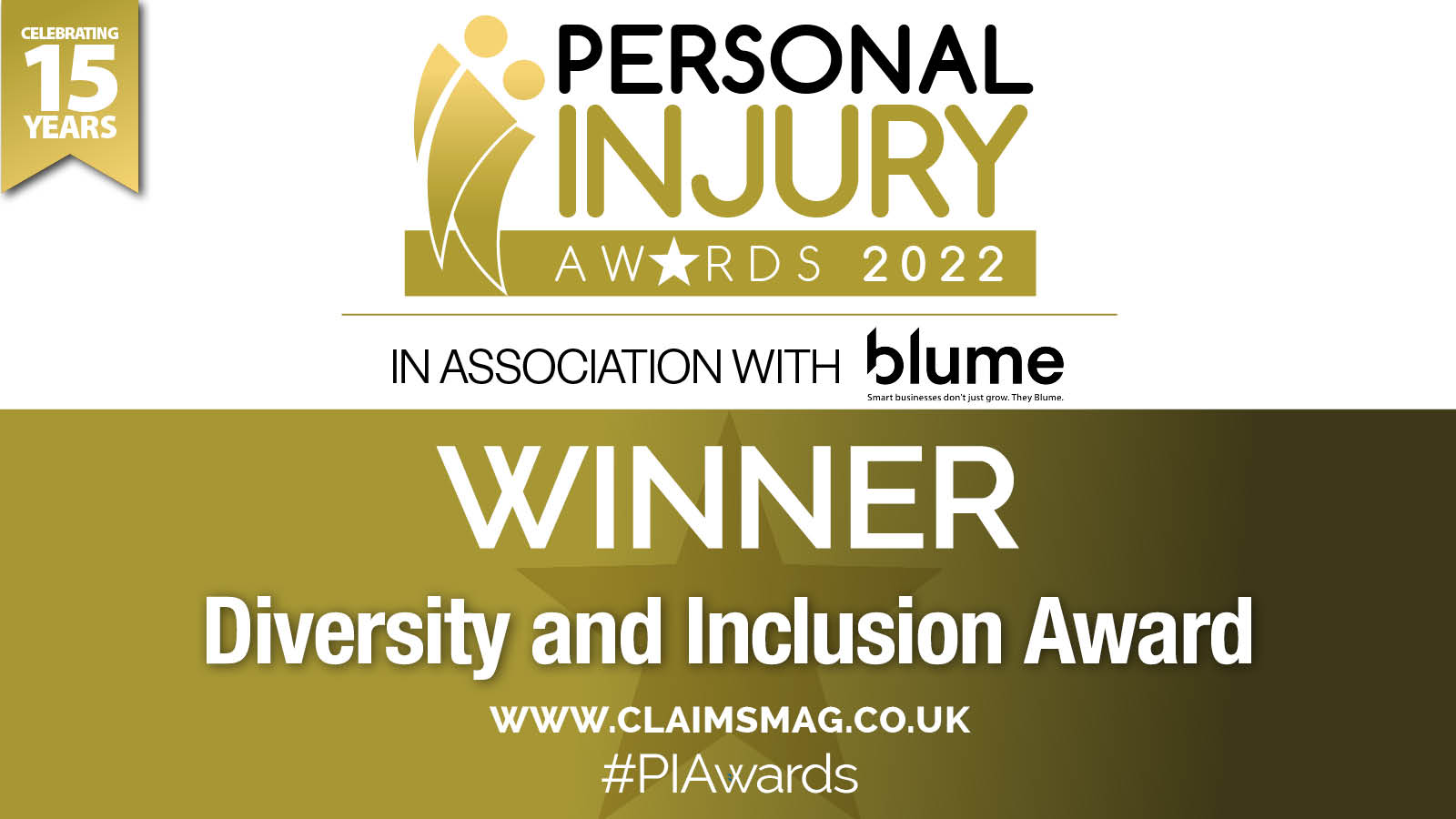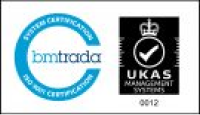<!-- wp:paragraph -->
<p><strong><u>The Background</u></strong></p>
<!-- /wp:paragraph --><!-- wp:paragraph -->
<p>The Claimant/Appellant applied to the Employment Tribunal to be allowed to record a three-day preliminary hearing. The Employment Judge declined to grant the application as he was not satisfied with the evidence in support or that there was any significant disadvantage to the Appellant. In reaching his decision, the Judge did not refer to the guidance provided on this question in <strong><u>Heal v University of Oxford [2020]</u></strong> ICR 1294. Although the guidance in Heal is not mandatory, is in important in considering an application to record proceedings and by not referring to it, the Judge then failed to take into account factors material to the assessment of the Appellant's application. The Judge should therefore have granted the application and it was right to make a declaration that the decision not to do so was unlawful.</p>
<!-- /wp:paragraph --><!-- wp:paragraph -->
<p><strong><u>The Law</u></strong></p>
<!-- /wp:paragraph --><!-- wp:paragraph -->
<p>The Employment Tribunal is under a duty to make reasonable adjustments in appropriate circumstances. Whilst the language of reasonable adjustments appears in s. 20 of the Equality Act 2010, that section does not provide the source of the relevant duty as was made clear by Underhill LJ in <strong><u>J v K [2019]</u></strong> ICR 815, albeit in the context of an application for an extension of time for the presentation of a complaint to the employment tribunal:</p>
<!-- /wp:paragraph --><!-- wp:paragraph {"className":"is-style-default"} -->
<p class="is-style-default"><em>"...judicial decisions are excluded from the scope of the Act: see paragraph 3 of Schedule 3 to the Act. But as a matter of general law the exercise of a judicial discretion must take into account all relevant considerations, and in such a case the party's mental condition or other disability would plainly be a relevant consideration."</em> [33]</p>
<!-- /wp:paragraph --><!-- wp:paragraph -->
<p>Langstaff J in <strong><u>Rackham v NHS Professionals Ltd</u></strong> UKEAT/0110/15/LA said as to the level of review to which and Employment Tribunal's decision on reasonable adjustments could be subject to scrutiny at the EAT level:</p>
<!-- /wp:paragraph --><!-- wp:paragraph -->
<p><em>"In this case, though we are attracted to the proportionality analysis that Miss Joffe proposed and that Mr Horan in reply adopted, we do not think that the decision actually depends upon the approach we take, though we would observe that we would be very hesitant before suggesting that a pure Wednesbury approach was appropriate in any case in which it appeared to the reviewing court that it would have been reasonable to have to make an adjustment if that adjustment appeared necessary to obtain proper equality of arms for someone with a relevant disability</em>."[46]</p>
<!-- /wp:paragraph --><!-- wp:paragraph -->
<p>In addition, the court observed as follows:</p>
<!-- /wp:paragraph --><!-- wp:paragraph -->
<p>“<em>In many cases, if not most, a person suffering from a disability will be the person best able to describe to a court or to others the effects of that disability on them and what might be done in a particular situation to alleviate it</em>." [50]</p>
<!-- /wp:paragraph --><!-- wp:paragraph -->
<p>The particular issue of whether a reasonable adjustment might be granted in the form of permission to record proceedings was considered by Choudhury J in the Employment Appeal Tribunal in <strong><u>Heal v The Chancellor, Master and Scholars of the University of Oxford & Ors</u></strong> [2020] ICR 1294. </p>
<!-- /wp:paragraph --><!-- wp:paragraph -->
<p><em>“a. Tribunals are under a duty to make reasonable adjustments to alleviate any substantial disadvantage related to disability in a party's ability to participate in proceedings.</em></p>
<!-- /wp:paragraph --><!-- wp:paragraph -->
<p><em>b. Where a disability is declared and adjustments to the Tribunal's procedures are requested in the ET1 form, there is no automatic entitlement for those adjustments to be made. Whether or not the adjustments are made will be a matter of case management for the Tribunal to determine having regard to all relevant factors (including, where applicable, any information provided by or requested from a party) and giving effect to the overriding objective.</em></p>
<!-- /wp:paragraph --><!-- wp:paragraph -->
<p><em>c. The Tribunal may consider whether to make a case management order setting out reasonable adjustments either on its own initiative or in response to an application made by a party.</em></p>
<!-- /wp:paragraph --><!-- wp:paragraph -->
<p><em>d. If an application is made for reasonable adjustments, the Tribunal may deal with such an application in writing, or order that it be dealt with at a preliminary or final hearing: see Rule 30 of the ET Rules.</em></p>
<!-- /wp:paragraph --><!-- wp:paragraph -->
<p><em>e. Where the adjustment sought is for permission for a party to record proceedings or parts thereof because of a disability-related inability to take contemporaneous notes or follow proceedings, the Tribunal may take account of the following matters, which are not exhaustive, in determining whether to grant permission:</em></p>
<!-- /wp:paragraph --><!-- wp:paragraph -->
<p><em>i. The extent of the inability and any medical or other evidence in support;</em></p>
<!-- /wp:paragraph --><!-- wp:paragraph -->
<p><em>ii. Whether the disadvantage in question can be alleviated by other means, such as assistance from another person, the provision of additional time or additional breaks in proceedings;</em></p>
<!-- /wp:paragraph --><!-- wp:paragraph -->
<p><em>iii. The extent to which the recording of proceedings will alleviate the disadvantage in question;</em></p>
<!-- /wp:paragraph --><!-- wp:paragraph -->
<p><em>iv. The risk that the recording will be used for prohibited purposes, such as to publish recorded material, or extracts therefrom;</em></p>
<!-- /wp:paragraph --><!-- wp:paragraph -->
<p><em>v. The views of the other party or parties involved, and, in particular, whether the knowledge that a recording is being made by one party would worry or distract witnesses;</em></p>
<!-- /wp:paragraph --><!-- wp:paragraph -->
<p><em>vi. Whether there should be any specific directions or limitations as to the use to which any recorded material may be put;</em></p>
<!-- /wp:paragraph --><!-- wp:paragraph -->
<p><em>vii. The means of recording and whether this is likely to cause unreasonable disruption or delay to proceedings.</em></p>
<!-- /wp:paragraph --><!-- wp:paragraph -->
<p><em>f. Where an adjustment is made to permit the recording of proceedings, parties ought to be reminded of the express prohibition under s.9(1)(b) of the 1981 Act on publishing such recording or playing it in the hearing of the public or any section of the public. This prohibition is likely to extend to any upload of the recording (or part thereof) on to any publicly accessible website or social media or any other information sharing platform."</em></p>
<!-- /wp:paragraph --><!-- wp:paragraph -->
<p><strong><u>Comment</u></strong></p>
<!-- /wp:paragraph --><!-- wp:paragraph -->
<p>Given the facts of the case, that there was evidence from a psychotherapist support the application, the application was not opposed by the Respondent, the Claimant was a litigant in person, the PH in question was to last 3 days, and the Claimant had previously been given permission to record hearings with no concerns over his use of those recordings, the outcome of the case is hardly surprising.</p>
<!-- /wp:paragraph --><!-- wp:paragraph -->
<p>Considering the frequency with which disabled Claimants, or witnesses more generally, come before the ET, it is surprising how regularly reasonable adjustments are not considered at case management stage. When adjustments are considered and ordered, they are often conservative in nature. One reason for this conservatism may be an over-reliance on expecting Claimants to identify the adjustments they need, and the corresponding obvious difficulty for Claimants, not familiar with the ET process, to imagine what measures may alleviate disadvantages.</p>
<!-- /wp:paragraph --><!-- wp:paragraph -->
<p>It would be short-sighted for a Respondent representative, seeing no reasonable adjustments requested by a disabled Claimant, to fail to raise the matter. Of course primary duties are to the Tribunal, and Respondents must always bear in mind the Overriding Objective, and as such it would be sensible to always raise the matter of adjustments proactively at case management stage. In most circumstances, it is far better for a Respondent to have an effective final hearing with adjustments, albeit perhaps slightly longer, than a disrupted hearing, or worse, an appeal.</p>
<!-- /wp:paragraph --><!-- wp:paragraph -->
<p>Representatives will find useful guidance on reasonable adjustments in the context of vulnerable parties and witnesses in the <a href="https://www.judiciary.uk/wp-content/uploads/2013/08/ET-Presidential-Guidance-on-Vulnerable-Parties-and-Witnesses-22-April-2020.pdf">Presidential Guidance</a>. The Presidential Guidance refers to <a href="https://www.theadvocatesgateway.org/toolkits-1-1-1">The Advocate’s Gateway Toolkits</a> which cover a range of topics including cross examining witnesses with autism, dyslexia, ADHD, and deaf witnesses. For those representing Claimants with disabilities, the toolkits may be a helpful prompt to inform requests for meaningful reasonable adjustments.</p>
<!-- /wp:paragraph --><!-- wp:paragraph -->
<p></p>
<!-- /wp:paragraph -->







